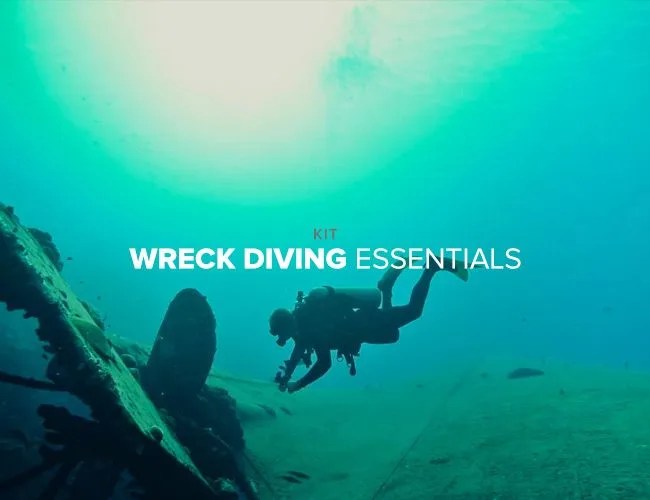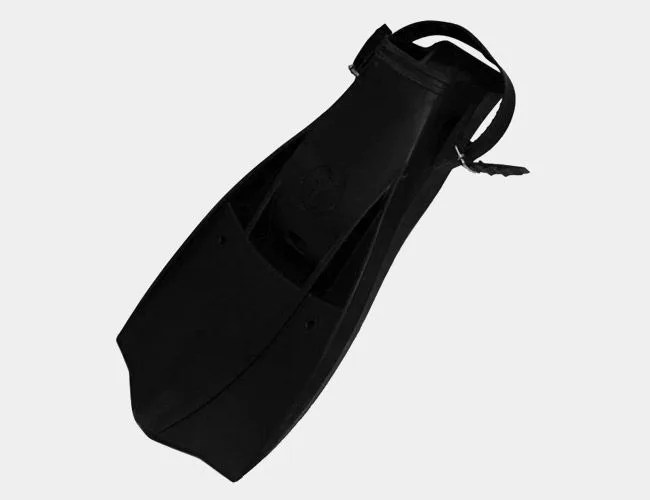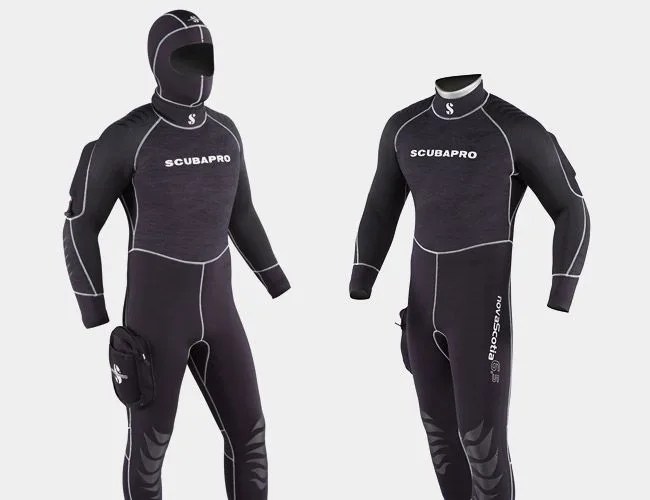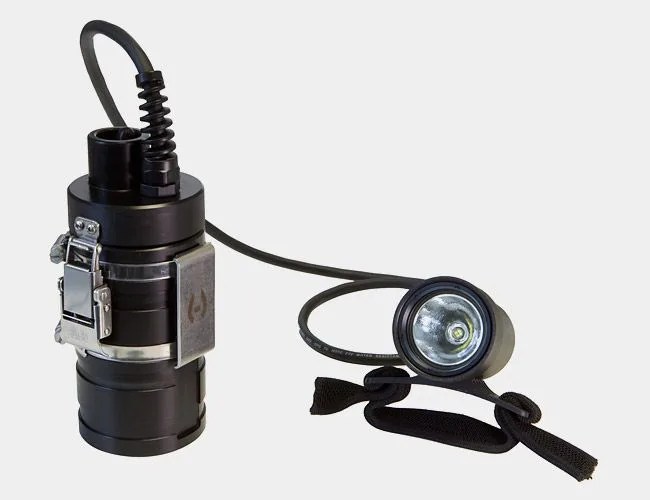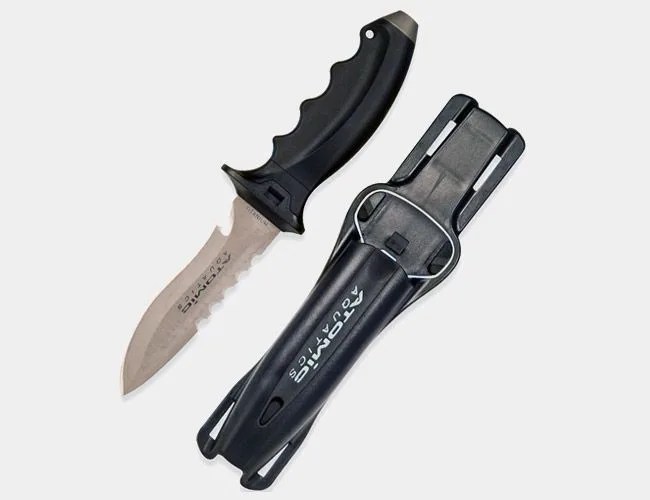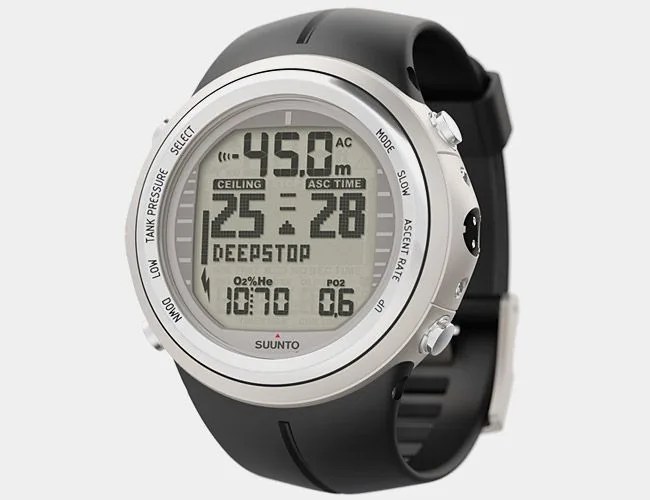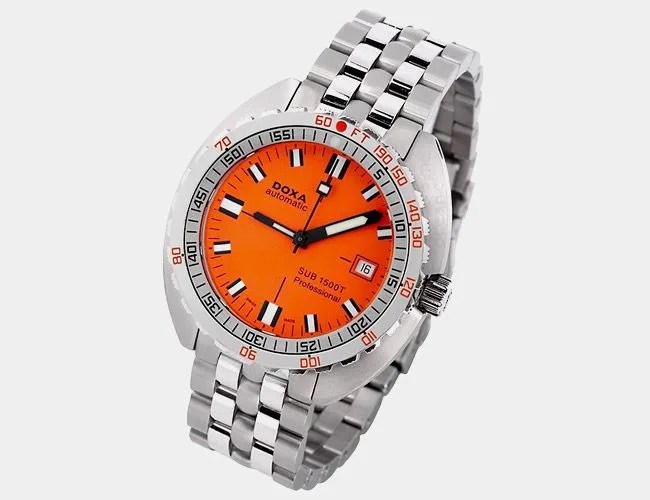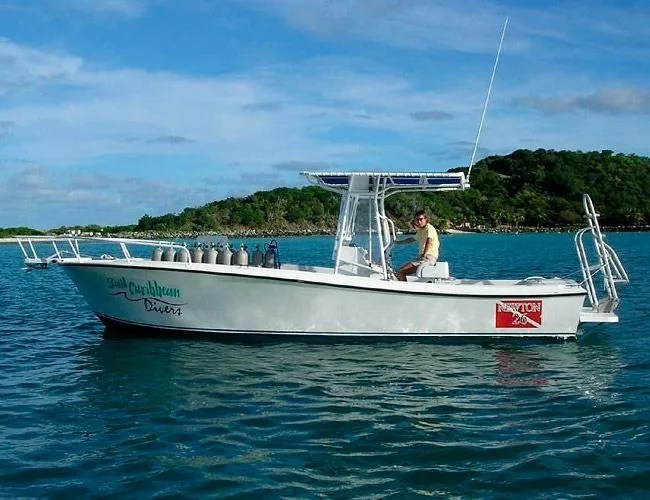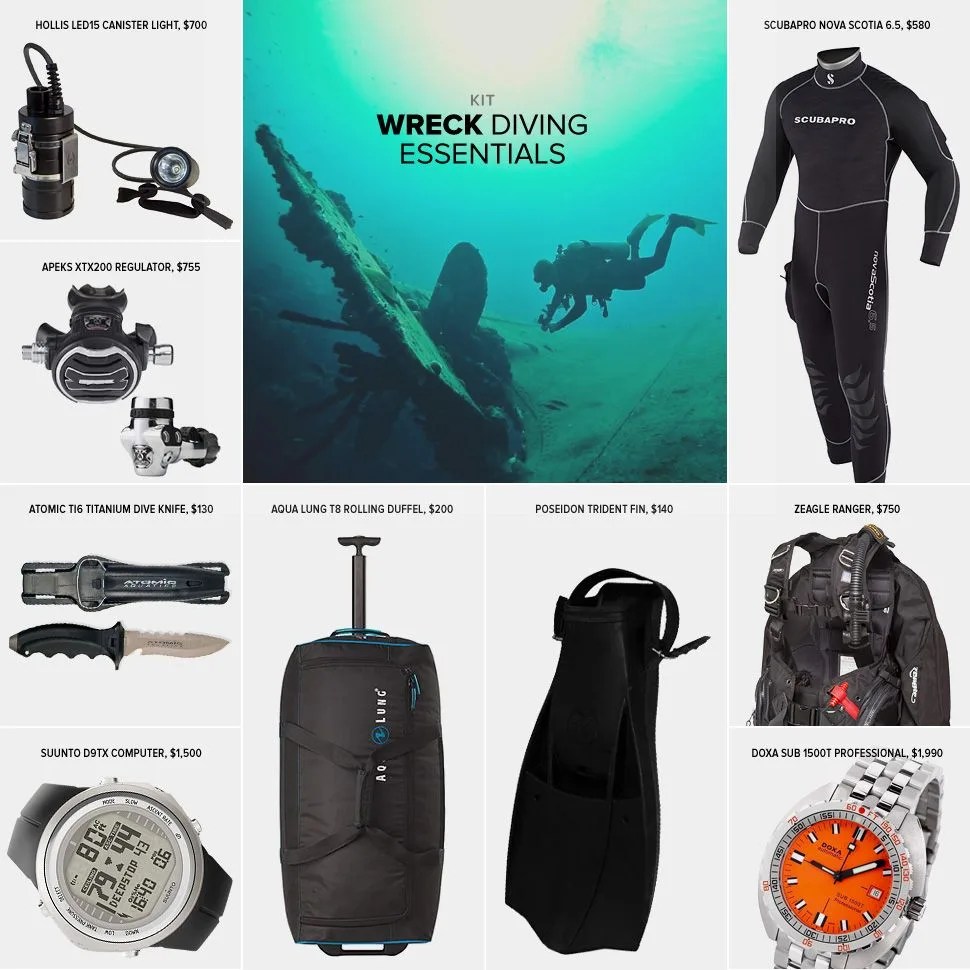
For centuries, man has found countless ways to send ships to the bottom of the sea. Since the advent of scuba technology, we’ve found ways to explore them. Whether it’s to search for booty, take eerie photos, or just to pay respects, wreck diving is a not a sport for the timid. Often found in deep, cold water with strong currents and dangerous reefs, wrecks demand expertise, experience, humility and marine-grade bronze balls — not to mention a lot of specialized gear. This isn’t tropical holiday diving, so be prepared to shell out for equipment that can stand up to the conditions the Gunilda, the Thistlegorm or the Doria present.

APEKS XTX200 Regulator
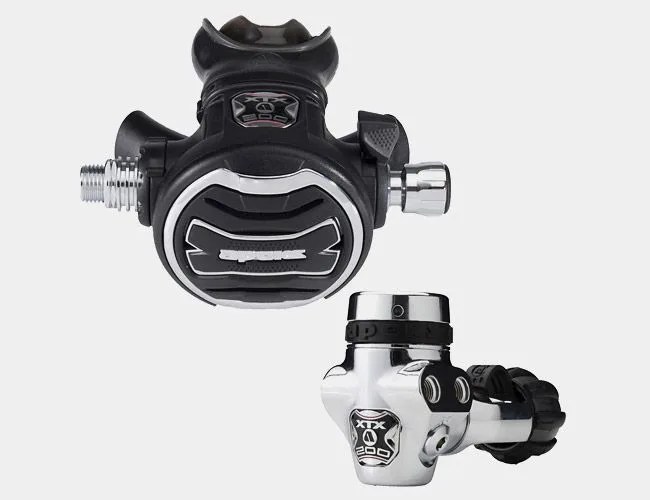
While entry-level regulators are fine for reef combing, they’re just not up to the rigors of deep, cold water. If you’re diving wrecks in the Great Lakes or Graveyard of the Atlantic, choose a reg that’s up to the task. The XTX200 has a dry sealed first stage that won’t freeze up and is overbalanced to increase air volume as you descend, counteracting the effects of greater depths. The second stage is pneumatically balanced to reduce the effort it takes to draw a breath. All of this amounts to a regulator that, despite its cost, will have you breathing easy deep down.
Zeagle Ranger BC
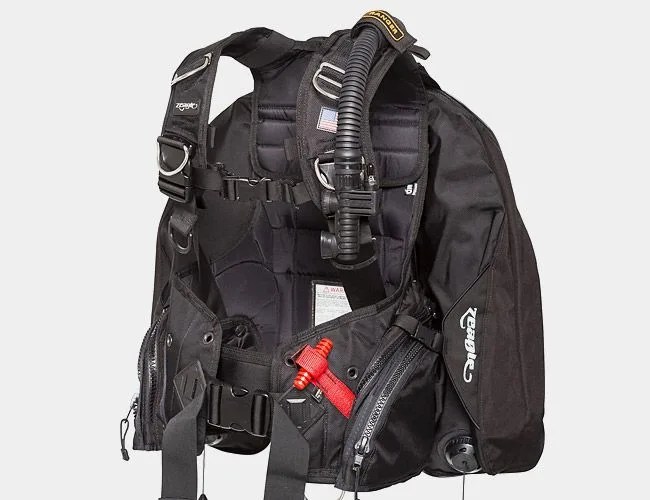
Most serious tech and wreck divers opt for a backplate and wing setup, which is streamlined and minimalist but not terribly versatile. The heavy backplate doesn’t travel well, and if you want accessory pockets, you have to buy them a la carte. Zeagle’s Ranger has long been a favorite of wreck and rec divers alike thanks to its modular construction that can be configured for single- or double-tank diving, integrated weight pockets and a back inflation bladder that keeps you horizontal in the water. The ballistic 1050-denier nylon is tear-resistant to repel those inevitable snags as you’re squeezing into the engine room.
